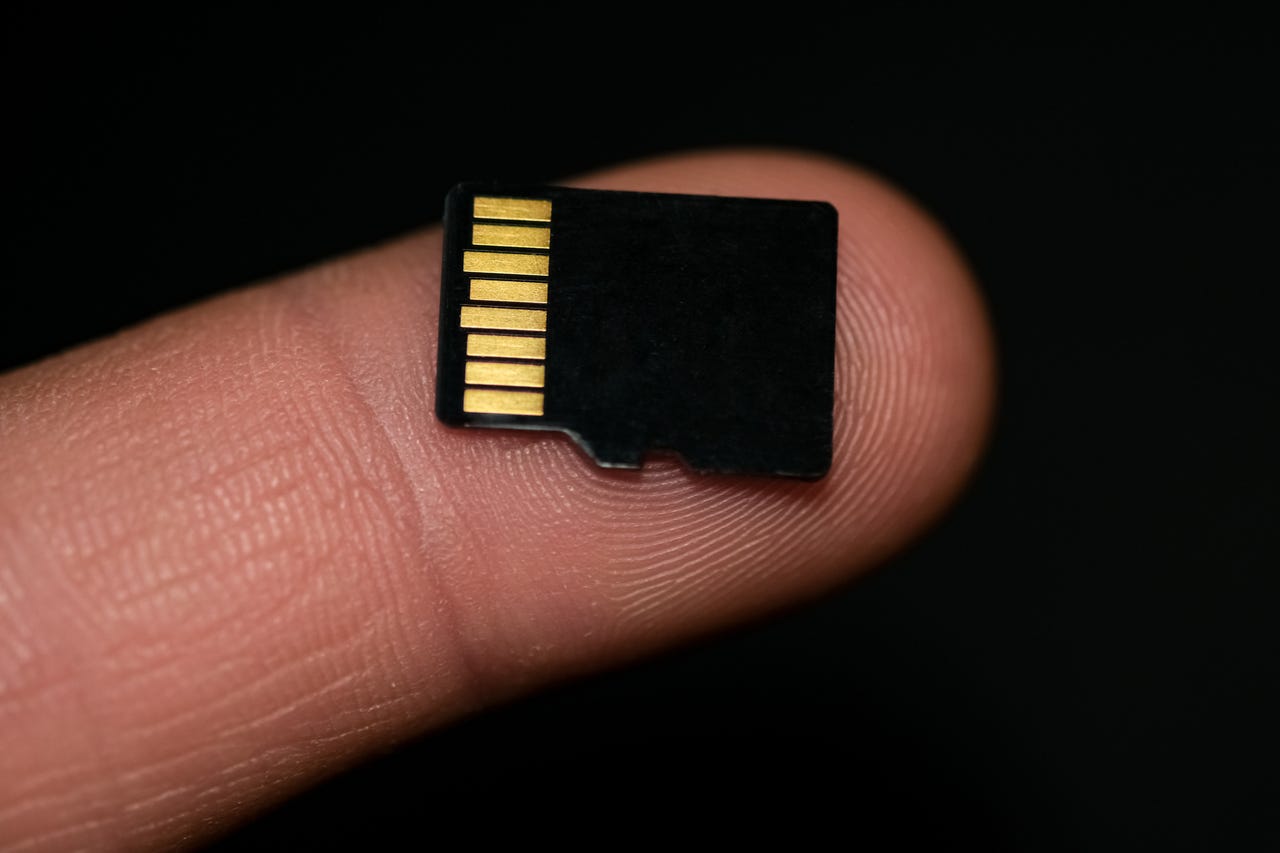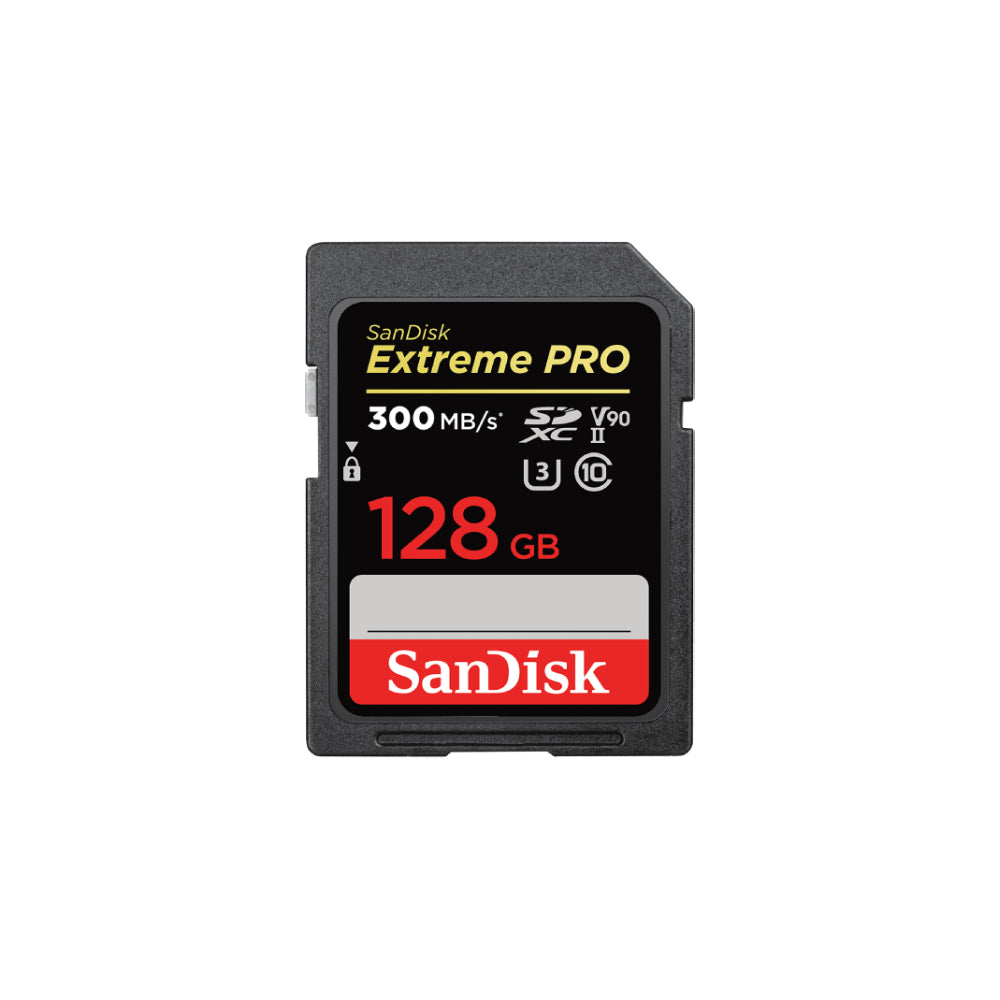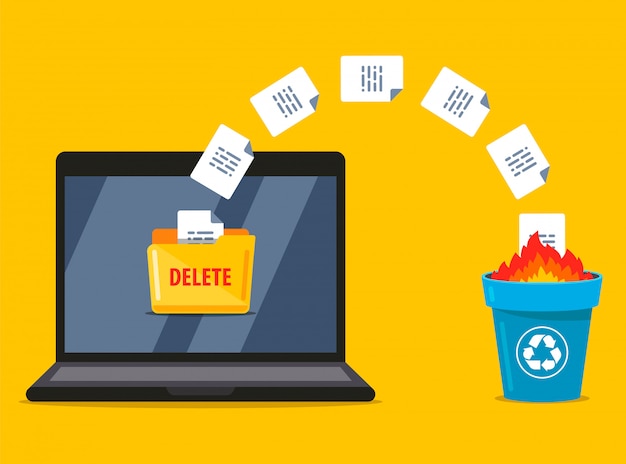
Image Source: FreeImages
## Introduction to CHKDSK
As a user of Windows operating system, you must have noticed the CHKDSK utility. CHKDSK, an acronym for ‘Check Disk’, is an in-built Windows utility that verifies the file system integrity of a volume and fixes logical system errors. This utility, which is a vital part of Windows, proves to be an essential tool when dealing with disk-related issues. Even if you have never had the need to use it, understanding its workings can be of immense benefit.
CHKDSK is primarily used to scan and repair hard drives in your system. It checks for bad sectors, lost clusters, cross-linked files, and directory errors. These issues, if left unchecked, can lead to substantial data loss or even complete disk failure. Hence, CHKDSK serves as a first line of defence against such situations.
Even though CHKDSK is a powerful tool, it often goes unnoticed due to its behind-the-scenes operation. Unless your system encounters a serious error, you won’t get a prompt to run CHKDSK. But that doesn’t mean it’s not working. It operates silently, ensuring your system’s health and stability.
Importance of CHKDSK for Users
As a Windows user, you might be wondering why CHKDSK is essential for you. Well, the importance of CHKDSK lies in its ability to prevent and fix disk errors. Disk errors can occur due to various reasons including power failures, system crashes, improperly removing hardware, or virus attacks. These errors, if left unchecked, can lead to data loss or even make your system unbootable.
CHKDSK can help mitigate the risks associated with these issues. By routinely checking your drive’s health, CHKDSK can detect potential problems before they become serious. It identifies bad sectors and attempts to recover readable information, thus preventing data loss.
Moreover, CHKDSK can also help improve your system’s performance. Over time, your hard drive can become fragmented, leading to slow system performance. CHKDSK can effectively detect these issues and help in defragmenting your drive, thereby enhancing system performance.
Understanding the CHKDSK Command
To fully utilize the power of CHKDSK, it’s crucial to understand its command-line syntax. When you run CHKDSK from the command prompt, you need to specify the drive you want to check. For example, typing ‘chkdsk C:’ will check your C drive.
Additionally, CHKDSK provides several command-line switches or parameters that can be used to customize its operation. Some of the common switches include ‘/f’ (fixes errors on the disk), ‘/r’ (locates bad sectors and recovers readable information), and ‘/x’ (forces the volume to dismount before checking). Understanding these switches will allow you to tailor CHKDSK’s operation according to your needs.
How to use CHKDSK: A Step-by-step Guide
Now that you have a basic understanding of CHKDSK, let’s walk through the steps of using it. First, open the command prompt with administrator privileges. You can do this by searching for ‘cmd’ in the Start menu, right-clicking on ‘Command Prompt’, and selecting ‘Run as administrator’.
Once the command prompt is open, type ‘chkdsk’ followed by the drive letter you want to check. For example, ‘chkdsk C:’. Press Enter to start the scan. If CHKDSK encounters any errors, it will display them in the command prompt window. If you want CHKDSK to fix these errors automatically, you can use the ‘/f’ switch. For instance, ‘chkdsk C: /f’.
While using CHKDSK, remember that it might take some time, particularly if you’re scanning large drives or using the ‘/r’ switch. But don’t worry, as this is perfectly normal. The time CHKDSK takes to complete will depend on the size of your disk and the number of errors it encounters.
Unlocking the Power of CHKDSK: Advanced Features and Uses
Beyond its basic use, CHKDSK boasts a range of advanced features that can further enhance its utility. For instance, using the ‘/v’ switch will display the name of every file in every directory as CHKDSK proceeds with the scan. This can be helpful if you want to keep track of what CHKDSK is checking.
Another advanced feature is the ‘/l’ switch, which changes the log file size to the specified number of kilobytes. By default, CHKDSK creates a log file of its operation, which can be useful for troubleshooting or auditing purposes. With the ‘/l’ switch, you can control the size of this log file, allowing for more detailed logs or conserving disk space.
Common CHKDSK Errors and How to Fix Them
Despite its usefulness, CHKDSK is not immune to errors. Sometimes, you might encounter issues like CHKDSK getting stuck or not running on startup. To fix these issues, you can try several solutions, such as running CHKDSK from the Windows recovery environment or using the ‘/x’ switch to force the volume to dismount.
Another common error is CHKDSK not recognizing the ‘/f’ or ‘/r’ switch. This usually happens when the disk is in use by another process. In such cases, you can schedule CHKDSK to run at the next system startup by typing ‘chkdsk C: /f /r /x’ and hitting Enter.
How to Schedule a CHKDSK Scan
Scheduling a CHKDSK scan is a great way to ensure regular disk health checks. To schedule a scan, open the command prompt as an administrator and type ‘chkdsk C: /f /r /x’. You’ll see a message asking if you want to schedule the check at the next restart. Type ‘Y’ and hit Enter. Your system will now run CHKDSK at the next startup.
Remember, during the scheduled scan, your system might take longer to start as CHKDSK performs its checks. But this is a small inconvenience considering the potential problems CHKDSK can help you avoid.
The Benefits of Regularly Using CHKDSK
Regularly using CHKDSK can bring numerous benefits. It helps maintain the health of your disk, preventing data loss due to bad sectors or file system errors. By detecting and fixing errors early, CHKDSK can help prolong the life of your hard drive.
Moreover, by defragmenting your drive, CHKDSK can also improve your system’s performance. Over time, files get scattered across your hard drive, leading to fragmentation. CHKDSK can defragment your drive, making it easier for your system to find and access files, thus speeding up its operation.
CHKDSK Alternatives: Other Disk Check Software
While CHKDSK is a powerful tool, it’s not the only disk check software available. There are several CHKDSK alternatives that offer similar functionalities, often with a more user-friendly interface.
For instance, HD Tune is a popular disk utility that provides a range of features, including error scanning, temperature monitoring, and benchmarking. CrystalDiskInfo is another option that offers detailed information about your hard drives, including their health status and temperature.
Conclusion
CHKDSK is undoubtedly one of the most powerful and valuable tools provided by Windows. It helps maintain the health of your hard drive, prevents data loss, and can even improve system performance. By understanding how to use CHKDSK and leveraging its advanced features, you can unlock its full potential.
While CHKDSK might seem complicated at first, with a bit of practice, you’ll find it remarkably easy to use. So, don’t wait for a disk error to occur before you start using CHKDSK. Start using it today and give your hard drive the care it deserves.




Leave a Reply